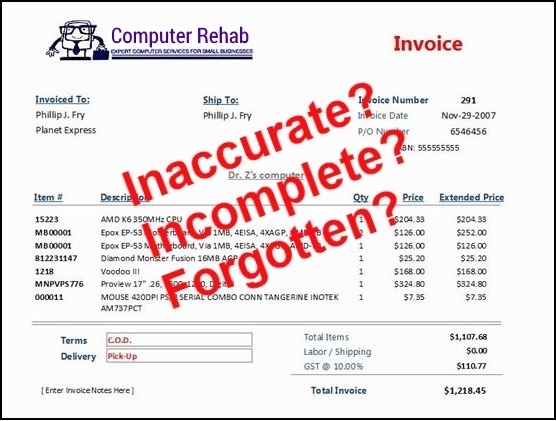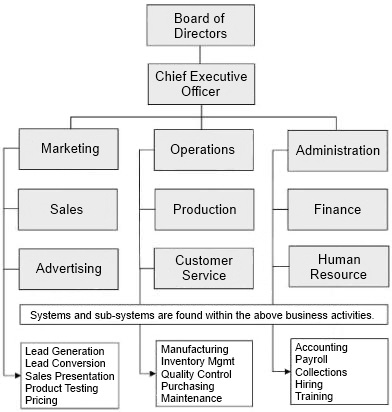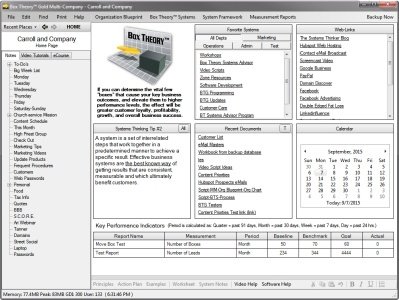The Law of Cause and Effect governs all business outcomes. To change an effect or result, you have to change the cause.
With that thought in mind, consider this profound statement by Rick Shefren, an online marketing coach.
“Your business is perfectly designed for the results you are getting.”
With all the plans, strategies, goals, innovations, business practices, and culture that make up your organization, you are getting exactly the results that your business systems and processes are currently capable of producing.
Assuming your lead-generation system is fruitful, the amount of demand for your product or service accurately represents the perceived value you bring to the marketplace. And your bottom-line earnings are a precise reflection of how well you execute your business strategy.
In other words, in a free-enterprise system, we pretty much get just what we deserve (discounting natural disasters, government intervention, and other things out of our control).

There is Only One Way to Improve Results
Two old sayings come to mind:
“If you always do what you’ve always done, you’ll always get what you’ve always got” (attributed to Mark Twain). And…
“The definition of insanity is doing the same thing over and over again and expecting different results” (attributed to Albert Einstein).
The brutal fact is this: To get better results, you must improve the design and execution of your business systems and processes—AT THE DETAIL LEVEL. There is no other way!
Once again, “your business [systems and processes] are perfectly designed for the results you are getting.”
To elevate your business, I invite you to check out the Box Theory™ Way.
Related Article:
Kaizen: Ten Ways to Achieve Continuous Improvement!


















